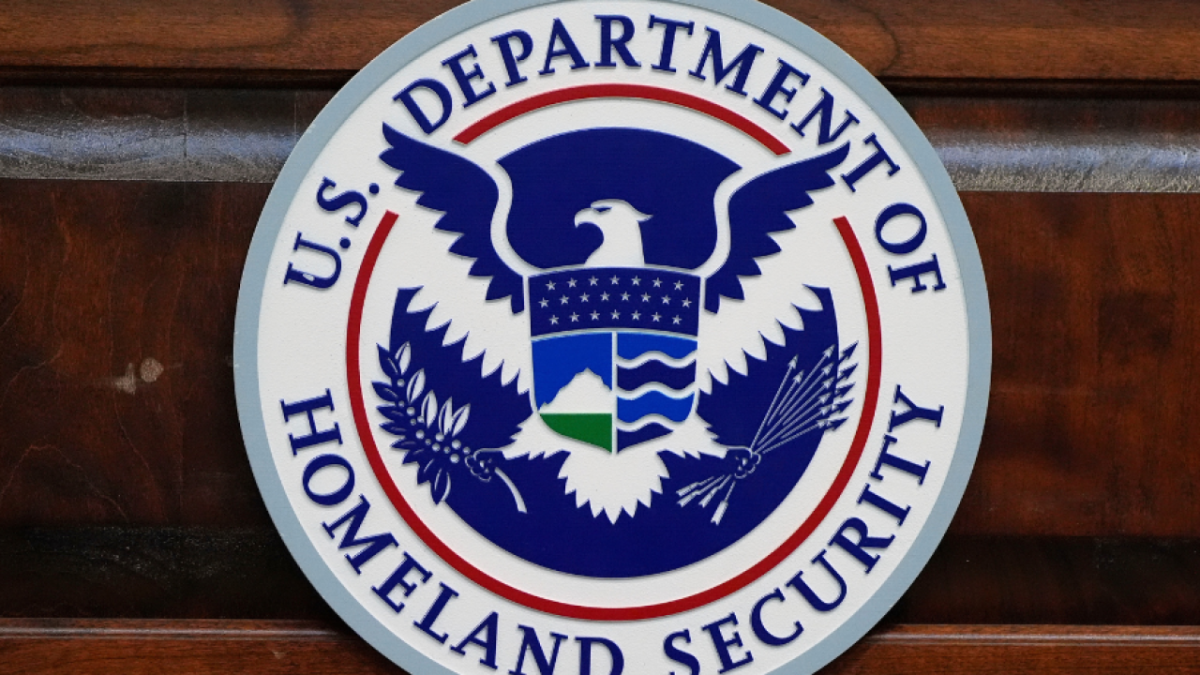
ON CAMPUS — Just three days after the Sun God Festival — as we all grasped to fading memories of freedom — came a buzz kill for the books: The UCSD Native American Student Alliance released a statement condemning those who had decorated themselves with face paint, feathers and headdresses on the day of the festival.
According to NASA, the students’ faux-tribal attire — aside from degrading Native-American tradition — contributed to negative cultural stereotypes on campus.
“As students at UCSD we should not have to see our cultures mocked and ridiculed during a student sponsored event taking place at our university,” the alliance said in an online statement.
It’s no doubt that, after Winter Quarter’s “Compton Cookout” fiasco, the UCSD student population could use a lesson or two in cultural sensitivity. The frat-planned party that mocked a disadvantaged California community — followed by a string of other racist events — warranted immediate response from the Black Student Union, and demonstrated a dire need for educational and outreach efforts.
The case of the Sun God headdress, however, is a different story. First off, as a Sun God celebrator who peppered her hair with gold feathers the day of, I’d argue many costumed students never intended to emulate traditional American-Indian dress, but rather the aesthetic of the statue itself.
The festival’s winged inspiration, after all, was created by artist Nikki St. Phalle’s indigenous handbrush. Even with all artistic classification aside, it’s still a bird splashed in primary colors — perfectly crowned with a row of gold feathers.
Maybe there were a handful of Sun God enthusiasts who, after downing a few shots on the eve of the festival, thought it’d be fun to throw on their old “Pocahontas” costumes, but most of us were paying respect to the festival’s namesake. If our beloved party God also happens to remind a small group of students of their cultural heritage, cool — the more, the merrier.
But even if we’re talking about those who did aim to sport some Sioux-inspired gear because they thought it looked cool, it’s unclear why that would be classified as mockery. If students had decked themselves in moccasins and paint and skipped around howling a sarcastic war cry, I’d say we had another Cookout on our hands. But, seeing as they were simply borrowing from the culture’s style because they think it’s awesome, it seems like more of a case of flattery in the form of imitation. America is a melting pot of heritage and tradition; many a white boy has donned a kurta to demonstrate respect for the Indian culture, or a toga for the Greeks. While American-Indians have faced especially violent hardship in the U.S. — which shouldn’t be downplayed — that doesn’t take away a collective right to appreciate their art and culture.
NASA argued that these acts “are a product of the ever-diminishing Native American presence on UCSD,” and demanded administrators up education and outreach in response.
While there are indeed pressing reasons to boost the American-Indian presence on campus, NASA is hurting its case by singling out these arbitrary incidents. Isolating students — who, in their decision to plaster their bodies with paint and feathers, were not acting out of ignorance, but celebration — will only alienate those who are otherwise on NASA’s side. Unfortunately, as was the case with last quarter’s Cookout controversy, unless a minority group can communicate its reasons for upset clearly to the rest of the clued-out campus, its message will sound like nothing more than a whine to those who need to hear it most.
So pick your battles, and we’ll stick with you when they’re worth fighting. But if you keep crying “Cookout” at every turn, all you’ll ever get is a string of e-mails from Chancellor Marye Anne Fox’s PR slaves detailing the importance of cultural sensitivity until we’re completely desensitized.
Readers can contact Alyssa Bereznak at [email protected].







